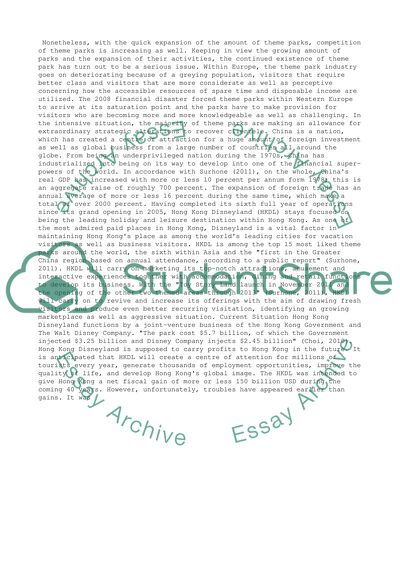Cite this document
(“Disneyland Hongkong Case Study Example | Topics and Well Written Essays - 5000 words”, n.d.)
Disneyland Hongkong Case Study Example | Topics and Well Written Essays - 5000 words. Retrieved from https://studentshare.org/business/1402905-disneyland-hongkong-business-report-assignment
Disneyland Hongkong Case Study Example | Topics and Well Written Essays - 5000 words. Retrieved from https://studentshare.org/business/1402905-disneyland-hongkong-business-report-assignment
(Disneyland Hongkong Case Study Example | Topics and Well Written Essays - 5000 Words)
Disneyland Hongkong Case Study Example | Topics and Well Written Essays - 5000 Words. https://studentshare.org/business/1402905-disneyland-hongkong-business-report-assignment.
Disneyland Hongkong Case Study Example | Topics and Well Written Essays - 5000 Words. https://studentshare.org/business/1402905-disneyland-hongkong-business-report-assignment.
“Disneyland Hongkong Case Study Example | Topics and Well Written Essays - 5000 Words”, n.d. https://studentshare.org/business/1402905-disneyland-hongkong-business-report-assignment.


